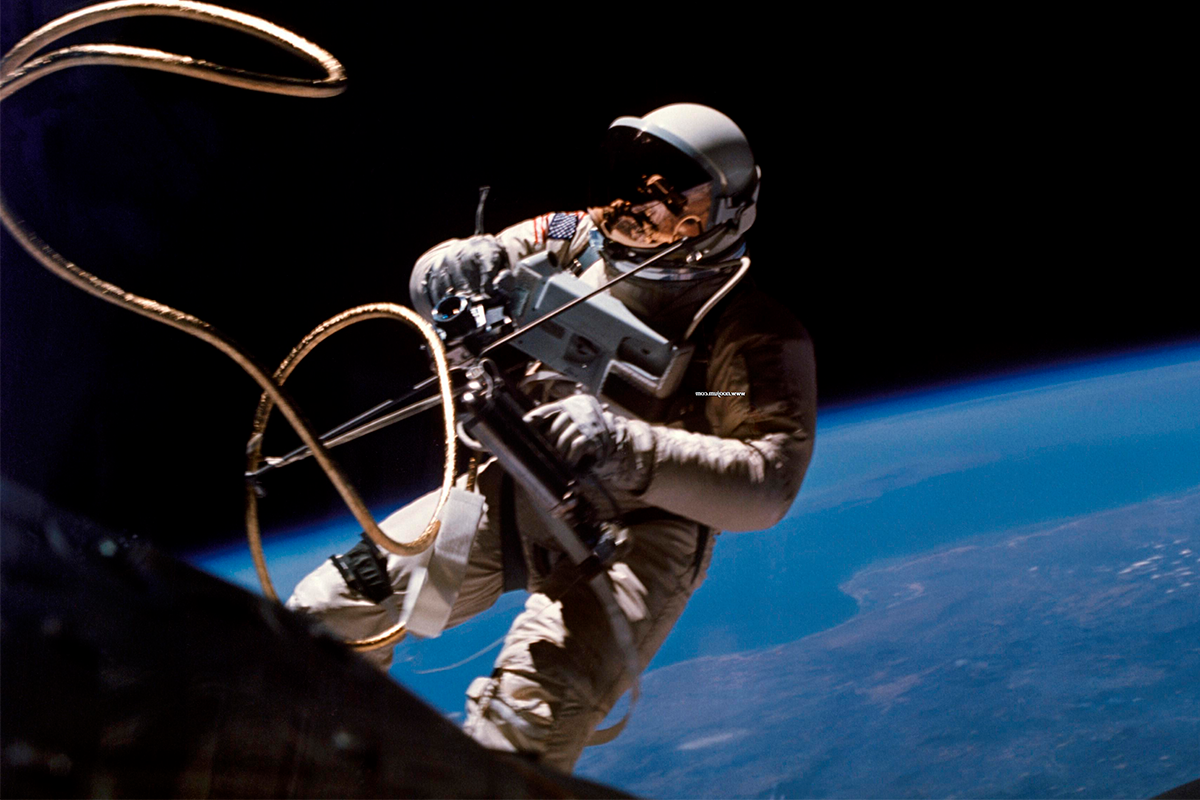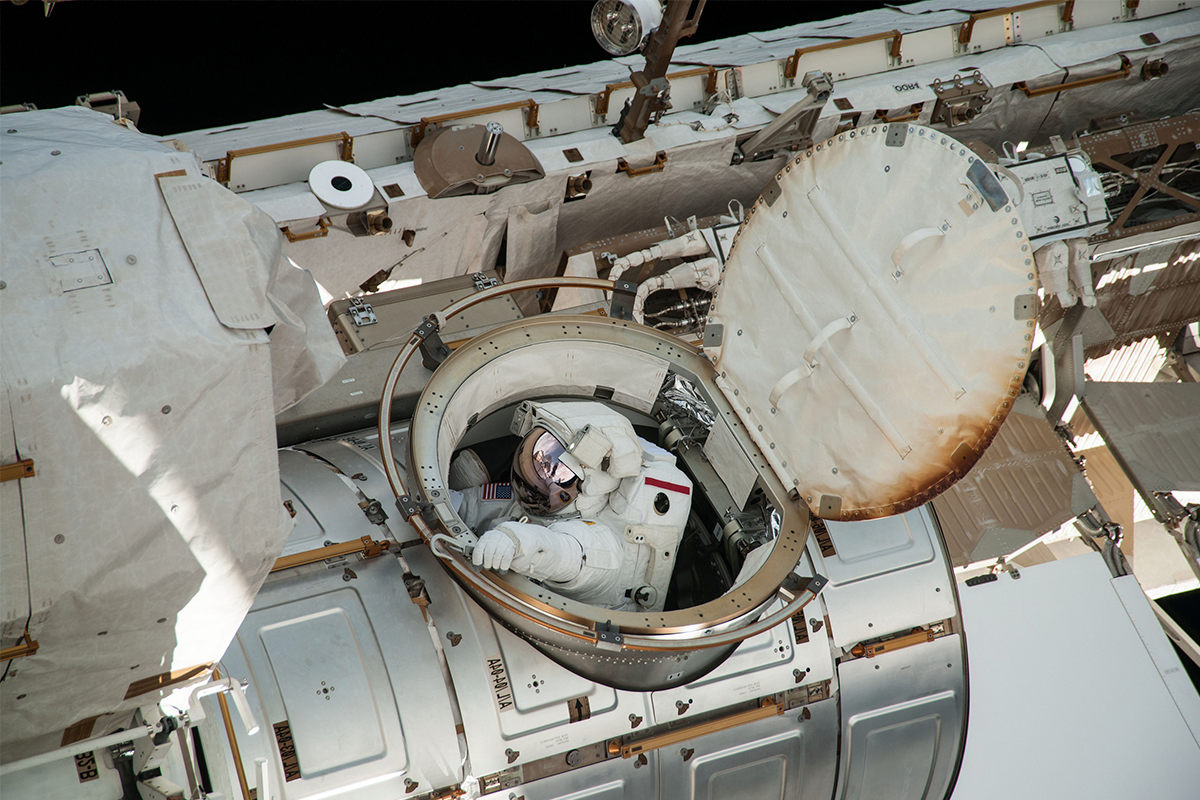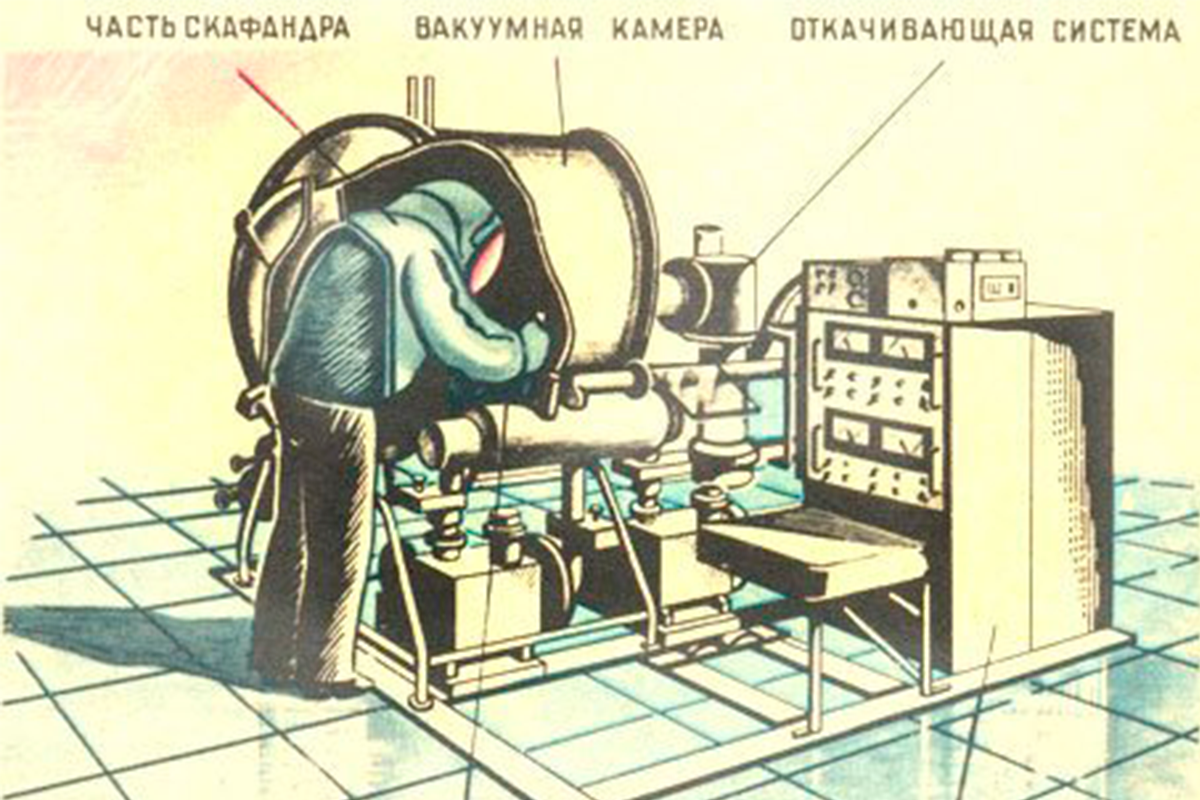Welding in space: why do metals stick to each other by themselves? (3 photos)
In space, a person encounters unexpected effects - familiar things begin to behave in a completely wrong way. 
One of these phenomena is cold welding - metals suddenly solder together for no apparent reason.
If on Earth, to create a welded joint, you need special equipment, electrodes, wire, temperature and energy, then in space it can form by itself.
And create a lot of problems for astronauts and researchers.
What is cold space welding?
What difficulties does it cause?
Is it possible to prevent the formation of a spontaneous weld joint in space?
NASA launched the Galileo probe towards Jupiter 30 years ago. But when approaching an object 3 out of 18 edges of a special antenna for transmission refused to release the data.
Nothing helped. Earth explorers had to use a small spare antenna and be content with worse quality data.
In 1965, the first American astronaut went out into the open space. When his work outside was completed, he was unable to close inside the hatch used to exit. And this created a threat to life. The whole crew had to join. Only by united forces, with with great difficulty they managed to close the hatch. 
ISS airlock
After some time, according to the plan, the astronauts were supposed to throw out from the ship unnecessary equipment. But they just didn't take the risk anymore. open the hatch.
The cause of these and other similar cases in space is believed to be spontaneous cold welding.
But what causes metals to suddenly solder together?
Metals have a crystalline atomic structure. in the corners lattice contains positively charged ions. But the electrons are in free motion, moving over a piece of matter.
Under terrestrial conditions, their exit beyond the metal is limited, since around are particles of gases of atmospheric air. plays a special role oxygen. Because of it, on the surface of many metals constantly there is a thin oxidized film - oxide.
Back in the 18th century, researchers suggested that if you remove layer of gas and prevent oxidation, then particles from one piece of metal can get into another. And vice versa. Thus, it will create unusually strong molecular bond - cold welding. 
Vacuum welding machine
In the 20th century, a number of experiments confirmed these assumptions. welding in a vacuum began to be used in a number of industries.
But in space, it sometimes creates problems with the sudden formation of an unnecessary connection.
There, not only the natural vacuum plays a role, but also the high purity of the metal surface.
Awareness of the problem helped to start looking for ways to solve it.
When designing moving metal objects and parts spacecraft or probe use materials that are not prone to spontaneous welding. For additional metal protection coated with special lubricants that prevent interchange electrons.





















